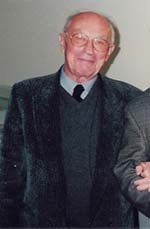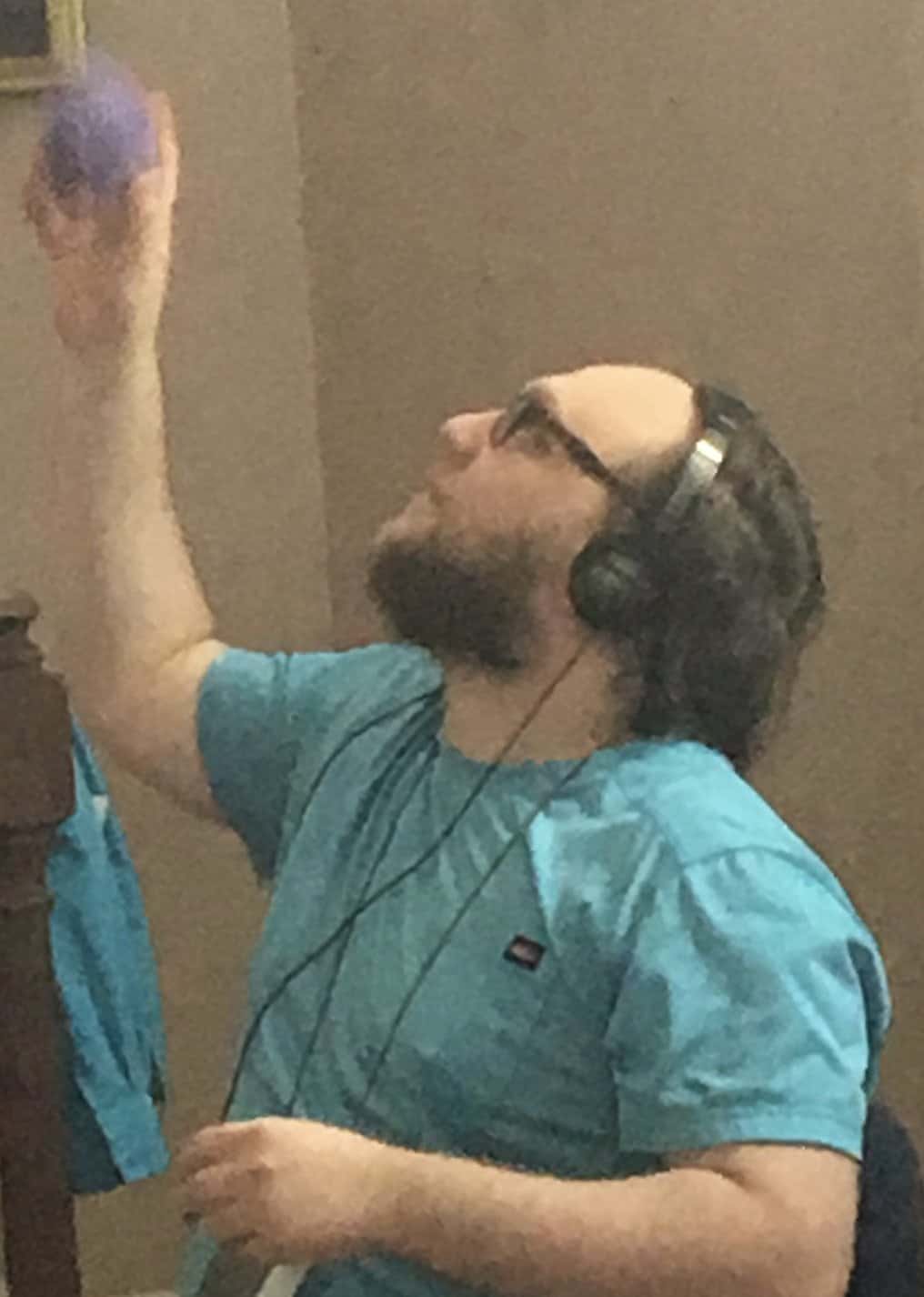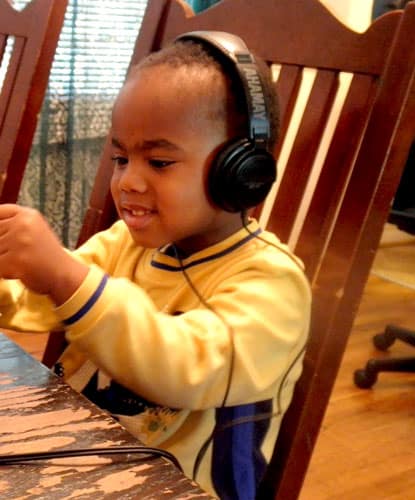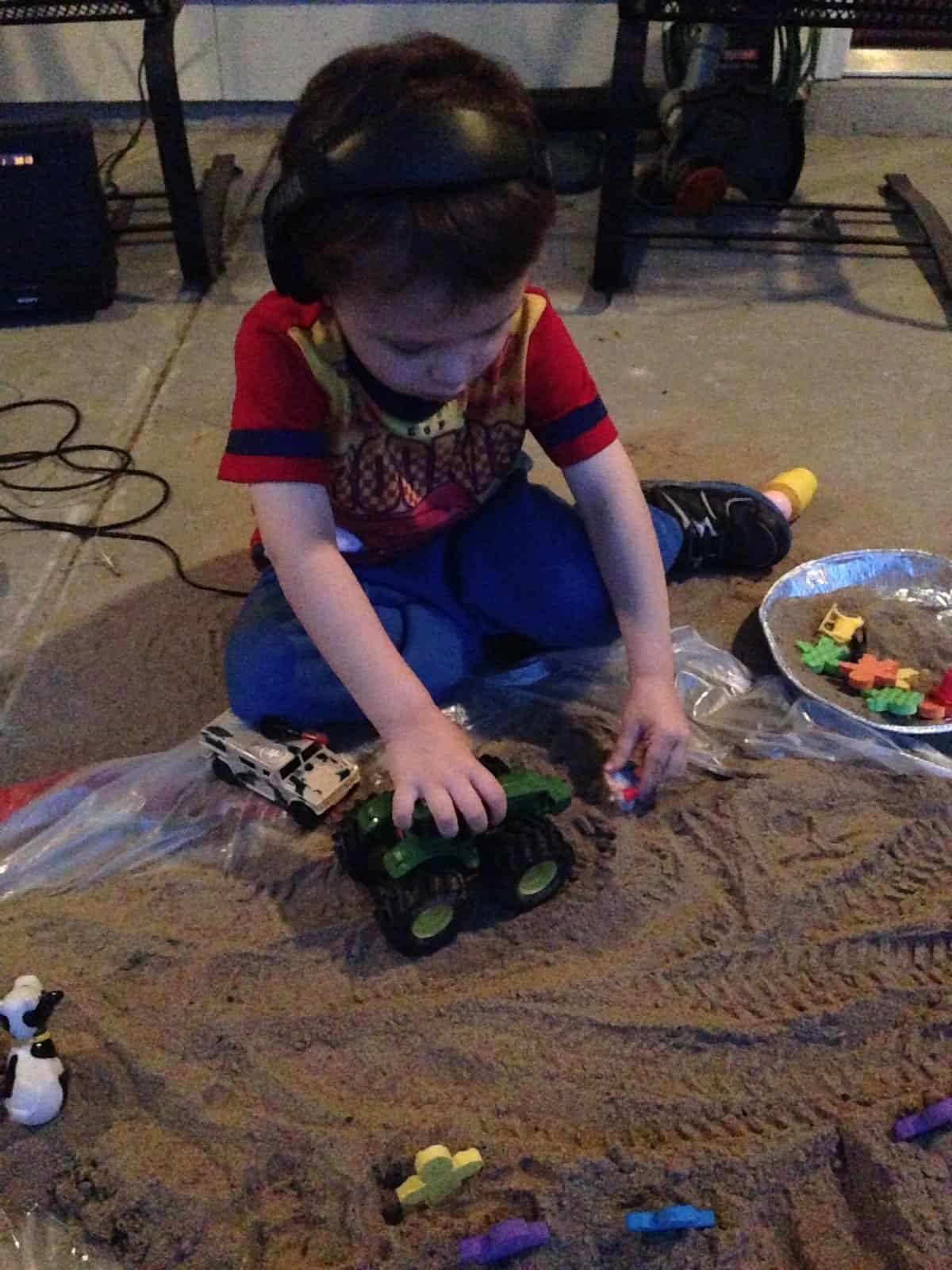Berard Auditory Integration Training


Dr. Guy Berard
Dr. Guy Berard developed Berard Auditory Integration Training. While alive, Dr. Berard practiced Otolaryngologist, which means he is an Ear, Nose, and Throat physician. He worked and lived in Annecy, France. Thankfully, he trained others to carry on his work challenging them to keep learning. Regrettably before his death, I never had the privilege of meeting him. I attempt to follow the spirt of his example. Keep learning and help others.
Dr. Berard discovered that Auditory Integration Training rehabilitated disorders of the auditory system, such as hearing distortion (hyper-acute or asymmetrical hearing). Rehabilitation of the brain’s response to sounds is supported by Norman Doidge who explains that the brain is adaptable and trainable. That is why therapies helps a stroke victim regain the ability to speeak, move, and much more.
Unfortunately, Dr. Berard began to lose his hearing at a young age. Thus, he started looking for answers. One day, he read about the brain’s ability to change. After much research and pondering, Dr. Berard decided to try sound therapy to strengthen his auditory system, auditory neural pathways. His success prompted him to later help his daughter who had dyslexia.
Later, he helped countless individuals diagnosed with autism, sound sensitivities, dyslexia, and depression. Each client’s success and responses prompted him to spend a lifetime developing Berard Auditory Integration Training programs. Dr. Berard provided the world with an unmeasurable gift.
In-Home Berard-Based Auditory Integration Training
What do I mean by In-home Berard-Based Auditory Integration Training? Recorded Cds are embedded with filters using today’s technology and Dr. Berard’s equipment, the AudioKinetron. Only approved music by Dr. Berard are recorded onto the CDs. Brillent!
When clients struggle with word retrieval, Berard-Based AIT follows Dr. Berard’s recommendation to stimulate your speech ear with 25% more volume.
The improvements in speech fluency and word finding are wonderful! You can finally say what you mean to say.
Or when there is hearing loss in one ear, Berard Based AIT balances the hearing system by puting more volume in the weaker ear.
Improve Clarity of Sounds
A holistic approach helps Cheri work with you to learn if you a past injury, food allergies, past or ongoing poor ear, nose, and throat health affected clarity of sounds.
Does your hearing system need an exercise program?
For more than thirty years, Dr. Berard worked in his ENT practice. During those years, he kept learning. Years later, Dr. Berard determined that distortions in the hearing contributed to auditory processing difficulties.
Today, researchers share that distorted hearing affects the development of auditory processing skills needed for reading, listening, clear speech and expressive speech.
Do you have dyslexia making it difficult to remember names, spell, and sound out difficult words?

Individualized Auditory Training
Once done answering questions, receive your automatically generated Moore Auditory Visual Questionnaire Report helping us advocate and communicate need for specific hearing tests used to individualize your In-home Beard-Based Auditory Integration Training program.
Most importantly, you begin to understand your emotional responses, how to self-advocate, and feel HOPE.

Using Brain Plasticity to Change Your Brain’s Learning Potentials
Dr. Berard designed Berard Auditory Integration Training to stimulate the brain. He was excited to learn how quickly the brain could change. After he studied the most recent research about brain plasticity, he understood that the brain could change how sounds were processed in the brain. Could sound therapy strengthen the brain’s ability to hear preventing him from losing his hearing abilities? To clarify, Dr. Berard knew he was not curing hearing loss.
Today, Norman Doidge Explains Brain Plasticity
Norman Doidge explains brain plasticity in his book, The Brain’s Way of Healing. He shares how after an injury, an individual instinctively uses their stronger, non-injured body part. However, this decreases a person’s ability to recover. Why? Failure to use the injured body part under-stimulates neural pathways from the injured limb to the brain (pg. 102-103).
That is why physical therapy is so important after an injury. Therapy reconnects the injured body part to the brain through motion. Berard- Based Auditory Integration Training pushes sound energy along auditory neural pathways to stimulate the brain.
Hearing Loss is Diminished Hearing, Not Deafness
Have you ever thought about the fact that hearing loss is rarely equal in both ears? Thus, sounds fail to sync-up on their way to the brain.
Norman Doidge shared that more brain activity must occur when sensory input fails to sync-up.
I believe this explains why a child with auditory processing difficulties listens better while moving and fidgeting. Movement is exactly what the brain needs for development.
Sensory-Seeking Behaviors Are Clues
Norman Doidge shares that a “noisy brain” helps a person make sense out of the chaos received from neural pathways signaling out-of-synch. Basically, the brain needs more time to process, to think, about incoming information. Then, they can chose a response, act.
Schedule a FREE Phone Session with Cheri

Berard Auditory Integration Training is Fun
- Receive therapeutic classical music
- Use Bone Conduction Headphones
- Purchase or borrow a high-quality Sony CD player (information provided
- Make a plan for fun with Cheri’s help.

Auditory-Visual Training Protocols
Your Moore Auditory-Visual Integration Training program includes Auditory-Visual Training Protocols.
- Research-based OSHA safe listening levels
- Test of Auditory-Visual Skills to screen for central auditory processing skills
- Visual Observation Activities to screen visual processing skills
- Automatically generated Moore Auditory-Visual Questionnaire Report
- Case History: injury, diagnosis, overall health, ENT history
- Activities to prepare clients for hearing tests to increase accurate responses.
- Academic history, existing concerns
Most importantly, hearing evaluation test results and an Ear, Nose, and Throat wellness exam determines if a person is able to benefit from AIT and maintain progress.
Who Benefits?
Dr. Berard successfully improved each client’s tolerance to sounds. He helped individuals diagnosed with attention deficit hyperactive disorder, sensory issues, autism, dyslexia, hyperactivity, learning disabilities, language impairments, pervasive developmental disorders, central auditory processing disorder, hearing loss, attention deficit disorder, and depression.
Improvements After Auditory Integration Training
After Auditory Integration Training, teachers and parents reported the following improvements:
- Fewer complaints of sounds causing pain or discomfort in the ear.
- Looked forward to leaving house.
- Fewer sounds of tinnitus (included supplements)
- More appropriate social interactions
- Use of an inside voice
- Expressive speech like speech fluency and word choice
- Academic success
- Less impulsivity, restlessness, distractibility, lethargy, and irritability
- Increased independence and self-esteem
Research, A Double-Blind Study (2016)
Researchers (1) found stronger attention neural responses, P3 brain waves, after completion of auditory integration training when compared to evoked potential brain wave activity before and during auditory integration training. Parents shared a decrease in these behaviors
- Less hyperactivity
- Less irritable
- Fewer repetitive actions
Earlier research by Edelson (2) and Rimland (3,4). 1990’s – 3 Double-Blind Studies with children diagnosed with autism and sound sensitivities had similar findings.
- Decreased negative behaviors
- Improved tolerance to sounds
- Stronger P3 brain waves improving attention, memory, & decision making
1) Sokhadze, E.M., Casanova, M.F., Tasman, A., and Brockett, S. (2016).Electrophysiological and behavioral outcomes of Berard auditory integration training (AIT) in children with autism spectrum disorder. Applied Psychophysiology and Biofeedback, DOI 10.1007/s10484-016-9343-z (summary found at https://www.autism.com/ait
2) Edelson, S.M., Arin, D., Bauman, M.B., Lukas, S.E., Rudy, J.H., Sholar, M., and Rimland, B. (1999). Focus on Autism and Other Developmental Disabilities, 14, 73-81.
3) Rimland, B., and Edelson, S.M. (1996). Auditory integration training: A pilot study. Journal of Autism and Developmental Disorders, 25, 61-70.
4) Rimland, B., and Edelson, S.M. (1994). The effects of auditory integration training in autism. American Journal of Speech-Language Pathology, 5, 16-24.
Auditory Integration Training Improves Responses to Vision Therapy
After tracking past client’s progress in vision therapy, Cheri found a need for auditory-visual training protocols. Did you know that vision therapy requires the individual to listen with comprehension and focus on visual work? Also, the inner ear’s vestibular system helps coordinate head, neck, and eye movement.
Cheri Moore’s desire to improve clients’ emotional response during Auditory Integration Training resulted in the discovery of a high rate of co-existing visual processing difficulties with sound intolerance.
FDA Statement On AIT
“Auditory Integration Training remediates impairments in auditory discrimination (sound sensitivity and auditory distortion) associated with Autism, Learning Disabilities, and related disorders – ADD, ADHD, CAPD (Central Auditory Processing Deficits), SPD (Sensory Processing Disorder), Dyslexia.“
Moore Auditory-Visual Integration Training
Cheri Moore has over ten years of experience working with children, teens, and adults with and without a diagnosis, hearing loss, or a brain injury improving the brain’s ability to respond to intervention while minimizing negative behavioral responses.


